Korg TPB-2 Handleiding
Korg
Mengpaneel
TPB-2
Bekijk gratis de handleiding van Korg TPB-2 (8 pagina’s), behorend tot de categorie Mengpaneel. Deze gids werd als nuttig beoordeeld door 54 mensen en kreeg gemiddeld 4.9 sterren uit 27.5 reviews. Heb je een vraag over Korg TPB-2 of wil je andere gebruikers van dit product iets vragen? Stel een vraag
Product specificaties
| Merk: | Korg |
| Categorie: | Mengpaneel |
| Model: | TPB-2 |
Heb je hulp nodig?
Als je hulp nodig hebt met Korg TPB-2 stel dan hieronder een vraag en andere gebruikers zullen je antwoorden
Handleiding Mengpaneel Korg

4 Mei 2023

17 April 2023

13 April 2023

6 April 2023

5 April 2023

22 Maart 2023

10 Maart 2023

31 Januari 2023

14 Januari 2023

10 Januari 2023
Handleiding Mengpaneel
- Blaupunkt
- Apart
- Krups
- Ashly
- Atlas Sound
- Kramer
- HQ Power
- Clatronic
- Santos
- Samson
- Trident
- Solid State Logic
- Reloop
- Silvercrest
- Glemm
Nieuwste handleidingen voor Mengpaneel
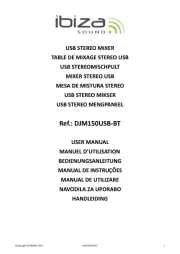
28 Juli 2025

15 Juli 2025
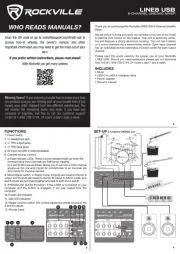
15 Juli 2025
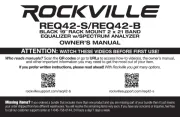
15 Juli 2025
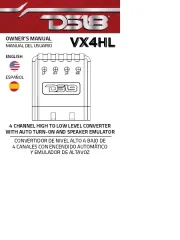
15 Juli 2025
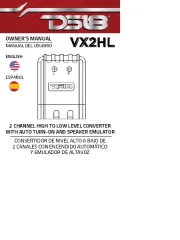
15 Juli 2025
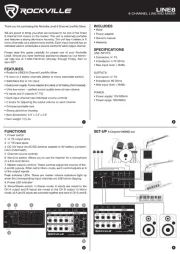
14 Juli 2025

14 Juli 2025

14 Juli 2025

14 Juli 2025